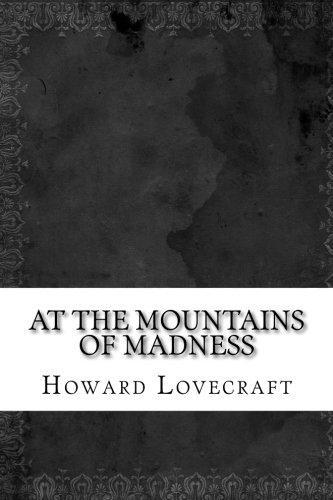Nobody reviewed Les montagnes hallucinees by H.P. Lovecraft
Les montagnes hallucinées
5 stars
Le livre contient 2 grosses nouvelles : « Les montagnes hallucinées » et « Dans l’abîme du temps » qui ont des thèmes assez similaires. On y perçoit particulièrement bien que la source première de l’horreur chez Lovecraft, c’est moins les monstres qu’il décrit que le sentiment de l’insignifiance de l’être humain à l’échelle de l’univers.
Le livre contient 2 grosses nouvelles : « Les montagnes hallucinées » et « Dans l’abîme du temps » qui ont des thèmes assez similaires. On y perçoit particulièrement bien que la source première de l’horreur chez Lovecraft, c’est moins les monstres qu’il décrit que le sentiment de l’insignifiance de l’être humain à l’échelle de l’univers.


